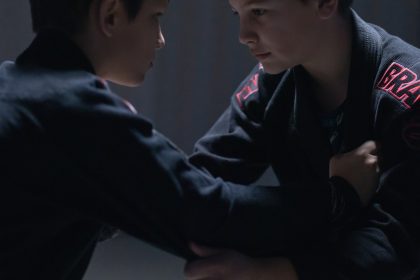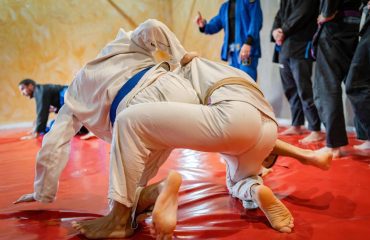
A martial art with a concentration on ground combat and submission moves is Brazilian Jiu-Jitsu (BJJ). BJJ offers a broad variety of positions and terminology, which might be seem overwhelming of confusing for novices to learn but don’t let the wealth of what can be learned intimidate you. Just start with the basics and scale from there. The names of several ground and submission techniques used in BJJ will be the main subject of this blog post.
1. Guard Positions:
A fundamental aspect of BJJ is the guard position, where the fighter lies on their back and entwines their legs around their opponent. There are three primary types of guard positions: closed guard, open guard, and half guard. Closed guard involves securing the opponent by wrapping the legs around them. Open guard refers to when the legs are not locked around the opponent, and half guard occurs when one leg is wrapped around the opponent’s thigh. These variations provide strategic options for controlling and neutralizing the opponent’s movements in BJJ.
2. Chokes:
Chokes are integral techniques in BJJ that aim to restrict the opponent’s blood flow to the brain, leading to unconsciousness. BJJ encompasses several types of chokes, such as the rear-naked choke, guillotine choke, and triangle choke and more. The rear-naked choke involves the fighter encircling their arm around the opponent’s neck from the back and applying pressure. The guillotine choke entails the fighter wrapping their arm around the opponent’s neck from the front and applying pressure. Finally, the triangle choke is executed by the fighter using their legs to enclose the opponent’s neck and one arm. These choke variations provide effective methods for achieving control and submission in BJJ.
3. Joint Locks:
Joint locks are techniques that aim to hyperextend or break an opponent’s joint. There are various types of joint locks, including armbar, kimura, and ankle lock. Armbar involves the fighter holding their opponent’s arm and bending it in the opposite direction of the elbow, thus hyperextending it. Kimura is when the fighter holds their opponent’s wrist and applies pressure to their shoulder, causing it to dislocate. Ankle lock involves the fighter twisting their opponent’s foot and ankle, causing them to break.
4. Sweeps:
Sweeps play a crucial role in BJJ as they allow the practitioner to reverse the opponent’s position and establish dominance. BJJ encompasses diverse sweep techniques, such as the scissor sweep, arm inside sweep, and butterfly sweep. The scissor sweep involves using the legs to sweep the opponent’s legs out from under them. With the arm inside sweep, the fighter employs their legs to sweep the opponent’s legs in one direction while simultaneously pushing them in the opposite direction. Lastly, the butterfly sweep entails lifting the opponent off the ground using the legs and rolling them onto their back. These sweep variations provide effective means of gaining control and advantageous positions in BJJ.
5. Takedowns:
Takedowns are fundamental techniques in BJJ employed to bring the opponent to the ground. BJJ encompasses a range of takedown variations, including the double-leg takedown, single-leg takedown, and hip throw. The double-leg takedown involves the fighter swiftly shooting in and securing both of the opponent’s legs, lifting them off the ground, and executing the takedown. Similarly, the single-leg takedown involves shooting in and grabbing one of the opponent’s legs, lifting it off the ground to bring them down. As for the hip throw, it entails utilizing the hips to skillfully toss the opponent over the shoulder, resulting in a takedown onto the ground. These takedown techniques are essential components of BJJ, allowing practitioners to dictate the course of the fight by gaining control from the standing position.
Northern Colorado Jiu-Jitsu is dedicated to providing comprehensive knowledge and training in the intricate art of BJJ. In this informative blog post, we have delved into the intricacies of various ground and submission techniques, encompassing guard positions, chokes, joint locks, sweeps, and takedowns. To achieve mastery, consistent practice and guidance from experienced coaches are crucial. Familiarizing yourself with the names of these techniques enhances effective communication among beginners and intermediate fighters during training sessions and competitions. Embrace the journey of learning BJJ, and let Northern Colorado Jiu-Jitsu be your trusted companion along the way. Contact us today!




